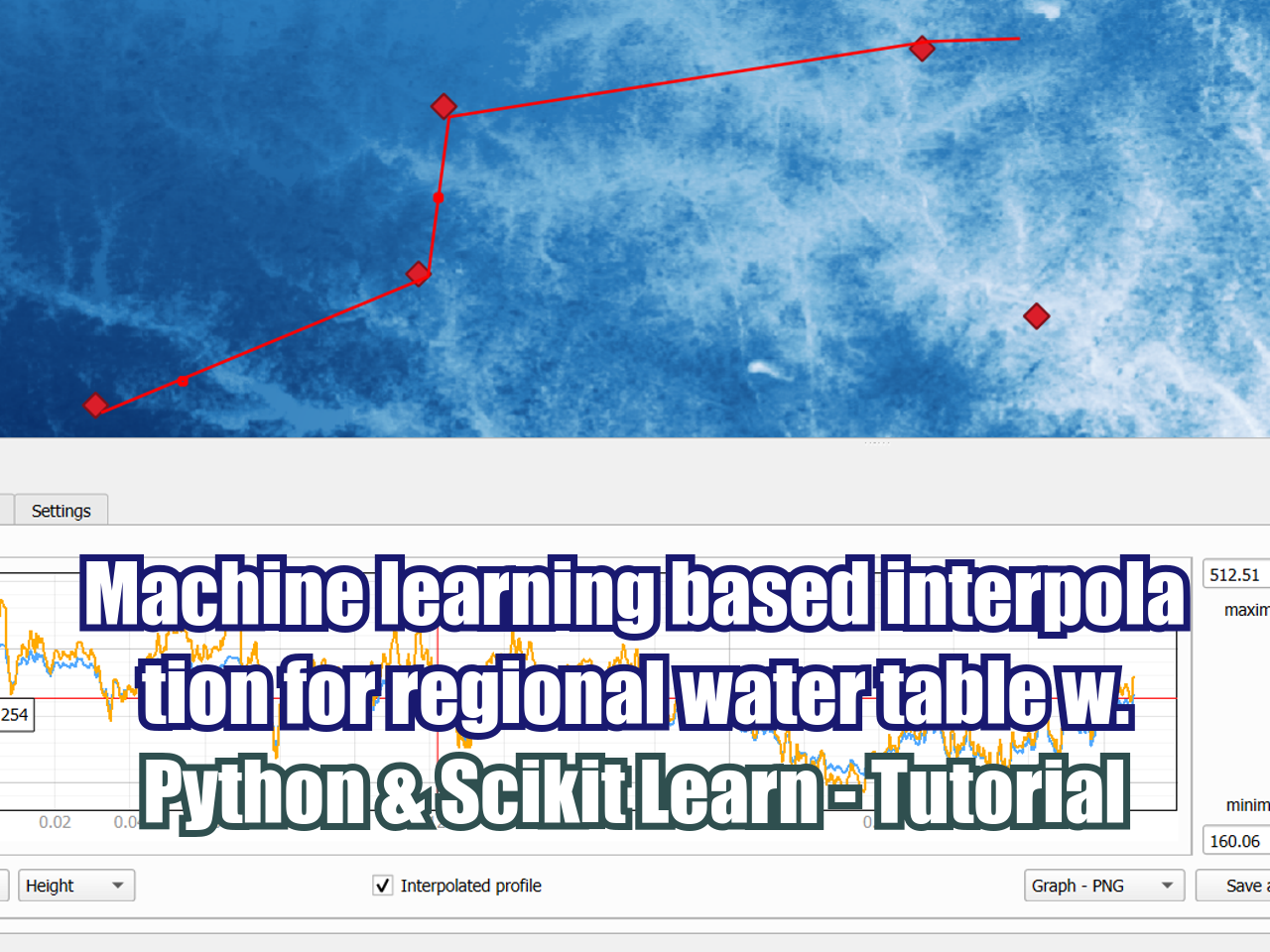How relevant is evapotranspiration in the groundwater flow regime?
/Floor and section view of wetlands and discharge to water streams
Evapotranspiration is the mixed process of soil evaporation and transpiration of plants. This process is not included in many Hydrology books or in hydrological methods like the rational method, SCS, among others. Evapotranspiration is not relevant in when calculating maximum floods, but it is considered in water balances of superficial water and groundwater.
This article shows the relevance of the evapotranspiration process in the conceptualization and modeling of groundwater, indicating which would be the errors and inaccuracies of not considering this process.
Where does groundwater evapotranspiration occur?
Evapotranspiration occurs in the zones where groundwater is too close to the surface. These zones are known as wetlands. Water may not be emanating or the terrain may not be wet, but the water table is located high enough for plant's roots to be able to consume groundwater.
The consumption of groundwater by plants happens majorly during dry seasons, because during wet season the plants take water from precipitation and runoff processes.
The next image shows the main processes of superficial and groundwater cycle, including the zone where groundwater evapotranspiration occurs.
Source: GSFLOW manual (USGS)
Why is it relevant?
We have considered certain keys to understand why this process is so important:
Groundwater is a system discharge
Groundwater evapotranspiration is a system discharge and occurs in wetlands. In other words, groundwater is exits the system as the plants' transpiration. The plants consume groundwater through their roots.
Evapotranspiration is relevant in the water cycle
This discharge process through plants stomas is not negligible in the in-out groundwater balance. For an Andean basin of 180 km2, with a precipitation recharge of 1.056 m2/s, the main system exits are the drainage to water streams with 0.654 m3/s, followed by evapotranspiration with 0.411 m3/s. If we consider the percentages, evapotranspiration is the 38% of recharge.
The values mentioned came from a numerical model made with MODFLOW, calibrated with more than 100 piezometer and 3 baseflow stations.
Groundwater balance from the MODFLOW LST file
Not considering evapotranspiration generates inexactitudes in flow
When groundwater regime is simulated (at local or regional scale) all the physical processes that affect the water regime need to be specified. If one of them is omitted, the computer does not have the criteria to apply a process. In case the evapotranspiration is not considered, the computer will omit this process and distribute it among other processes like drainage and regional flow.
In simple terms, to omit evapotranspiration produces a higher elevation of the water table (even higher than the terrain surface).
In the next figures, the differences between a model with evapotranspiration and with no evapotranspiration are shown.
Equipotential flow lines and water table WITH evapotranspiration
Equipotential flow lines and water table WITHOUT evapotranspiration
Simulating evapotranspiration means simulating wetlands
The author's interest for evapotranspiration came with the need of understanding the results of numerical modeling where this process was considered. Simulating groundwater also means simulating wetlands and its water consumption. This has a lot of relevance to understand these zones and its ecosystems, to manage its preservation and evaluate the human impact on them.
How does MODFLOW manage evapotranspiration?
MODFLOW handles evapotranspiration in a local and regional scale, in uniform or variable time regime. In the construction of groundwater models it is easy to consider the evapotranspiration with the Evapotranspiration Package (EVT) and the Evapotranspiration Segments Package (ETS). Both packages can be activated in the whole basin, but will only be participate in the calculus when water table is higher than the roots depth (Evapotranspiration depth).
The EVT package is more practical for a groundwater regional model or in cases where there is not enough information of the root's depth and vegetation distribution. The ETS package is more useful to evaluate water consumption of a certain type of vegetation.





























